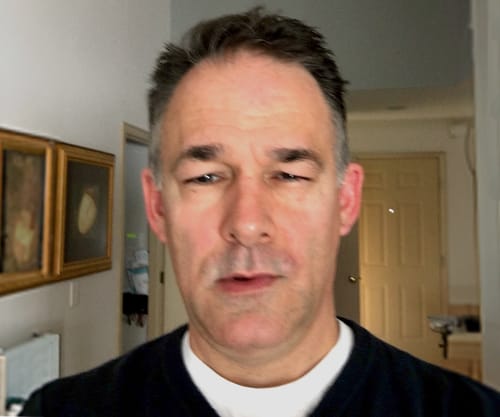Upon reflection, I had hypertension in my early twenties. As I progressed into my thirties it became more difficult to control. I was placed on two medications including a diuretic. Time passed and the dosages were increased to control my blood pressure. At the same time my potassium started to plummet. On April 5, 2006, and I remember that date well, my potassium went so low I thought I was having a heart attack.
Patient Stories
Primary aldosteronism affects men and women. It is estimated that the majority of them require medical treatment, and that 30% of patients can be treated surgically. So far, most stories submitted to the Foundation are those of female patients, and most underwent adrenalectomy. These proportions are not representative of the actual distribution of hyperaldosteronism in the general population. However, all stories accurately depict the lived experiences of patients with the disease, particularly with regard to signs and symptoms, standards of care, and the impact on patients’ life of diagnosis and treatment that are delayed for years, if not decades.
Living with undiagnosed health issues can be an incredibly challenging and frustrating experience. In my case, the journey began at the age of 17 when I developed hypertension that proved resistant to conventional treatment. What followed was a rollercoaster ride of doctors, tests, misdiagnoses, uncertainties, setbacks, and ultimately, a long-awaited diagnosis of primary aldosteronism.
I started having high BP around 1997, and developed rapid, pounding heartbeat, with severe, unprompted anxiety attacks, brain-fog, weakness, fatigue, muscle cramps, severe head and neck pain. Progressive numbness began in my right hand. I became so weak and my heart rate became so volatile that I was barely able to move around the house, spending almost all of my time sitting down.
Before meeting the endocrinologist who eventually diagnosed me, I had never heard of primary aldosteronism. I was shocked to hear I had every symptom. Headaches, thirst, uncontrollable high blood pressure, low potassium, numbness, etc. It was textbook, and my previous endocrinologist and primary care doctor had missed it for all that time. I really could not believe how long I went undiagnosed.
I experienced a traumatic event in 2000 and was diagnosed with PTSD. Shortly after, I started experiencing hypertension crises that took me to the ER often. Each time I was there, they would notice that my potassium was very low. They would replenish my levels and send me home saying it was stress/anxiety/menopause. I asked continuously that they consider other causes, but they never did.
In my early 40s I began having intermittent high blood pressure, anxiety, insomnia, trouble concentrating and muscle cramps. My doctor asked me to make lifestyle modifications, but the truth is I was already leading a healthy lifestyle. I routinely exercised and ate a balanced diet. However, I did have a stressful job which I thought was the cause of my issue. Medications could not bring my blood pressure at goal.
Share Your Story
- Do you have a diagnosis or do you suspect you have PA?
- Are you experiencing difficulties finding adequate care?
- Have your symptoms been resolved by adrenalectomy?
By sharing your story and signing the Foundation’s Open Letter, you will help us demonstrate that primary aldosteronism is not a rare disease, and that resources are urgently needed to advance research.







